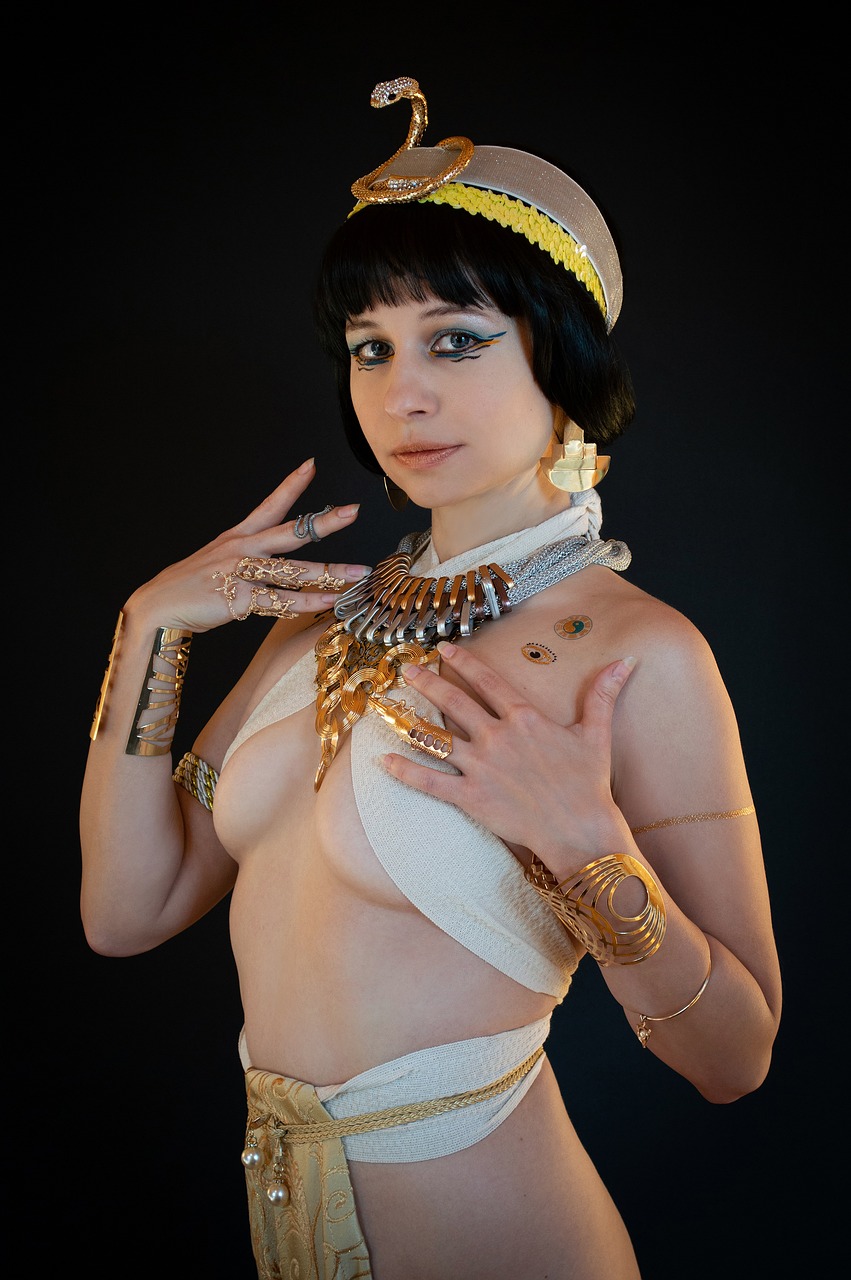Ancient Egyptian religion encompasses the indigenous spiritual practices and beliefs that formed the foundation of ancient Egyptian culture from its beginnings around the fourth millennium BCE until the decline of traditional customs in the early centuries CE. To understand the evolution of these beliefs, one should also refer to the historical context of Egypt.
Overview of Religious Significance
The beliefs and rituals of ancient Egypt were deeply embedded within the societal framework from around 3000 BCE onwards. Although elements from earlier periods likely persisted, they were relatively minor compared to the changes introduced with the establishment of the Egyptian state, which altered the religious landscape. Religion in this context cannot merely be seen as a homogeneous system; rather, it played a pervasive role in daily life and was interwoven with numerous secular activities and ethical principles. Over a span of more than three millennia, Egyptian religion was dynamic, marked by shifts in focus and methodologies, yet it retained consistent characteristics throughout its various phases.
Religion cannot be narrowly defined as merely the worship of deities and expressions of human devotion. It also encompassed various practices, such as rituals involving the deceased, divination, and magic, which often utilized divine entities and powers. Two main elements of public religious life were the king and the gods, both integral to the Egyptian world view. The pharaoh held a distinctive position bridging humanity and divinity, engaging with gods and constructing monumental structures for his eternal life.
Egyptian gods displayed a remarkable diversity, often represented in hybrid forms combining animal and human features. Among these deities, the sun god was particularly prominent, having multiple names and manifestations linked to a solar cycle reflective of the rhythmic changes of day and night. Osiris, the deity associated with death and the ruling of the underworld, along with his partner Isis, gained greater prominence during the first millennium BCE as sun worship waned.
Cosmic Order and the Role of the King
The Egyptians viewed the universe as comprising not only the divine and the earthly realms—centered around Egypt itself—but also a chaotic void beyond, from which harmony emerged and to which it would ultimately return. Maintaining order against this chaos was a crucial responsibility of the king, who was perceived as the primary agent of society working to secure the gods’ favor. This rather bleak assessment of the cosmos was fundamentally linked to the sun god and the cyclical nature of solar existence, justifying the elite’s role in upholding civil order. Despite the inherently pessimistic undertones, the artistic depictions on monuments typically conveyed a more optimistic outlook, illustrating a harmonious and reciprocal relationship between the king and the gods, thereby reflecting the tenuous nature of the established order.
The presentations on monuments adhered to a strict decorum that dictated what could be depicted, how it should be represented, and the circumstances surrounding such representations. This decorum, coupled with the emphasis on maintaining order, formed an intertwined belief system. Most of what we know about these beliefs derives from artifacts and writings crafted for the king and the elite, while the spiritual practices of the broader populace remain less documented. Although it’s likely that the elite’s beliefs were not in stark opposition to those of the common people, such a possibility cannot be entirely dismissed.



